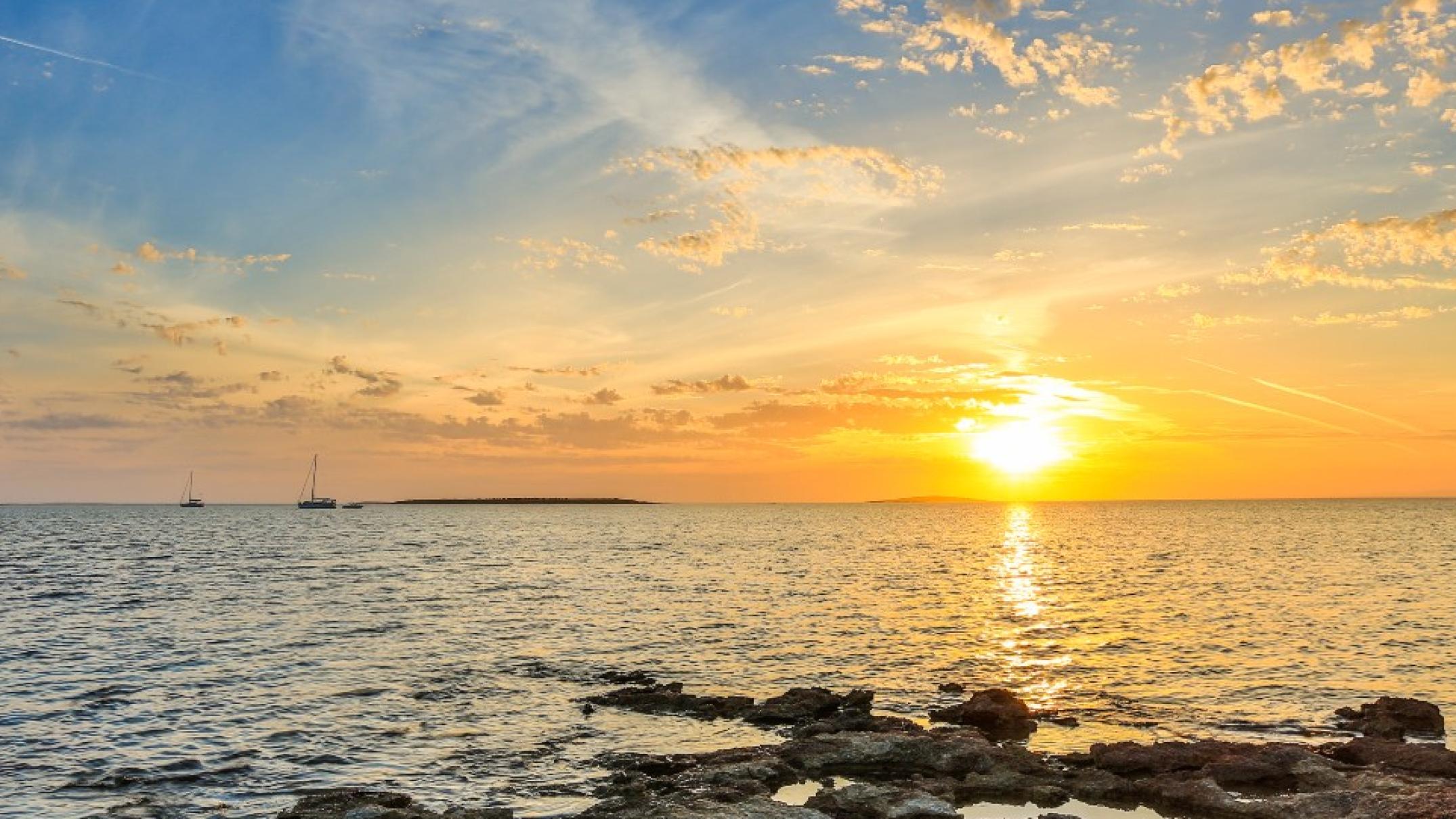Saving a farm homestead built in 1907 on an island in South Australia’s Spencer Gulf is not a job for the faint-hearted when that island is infested with snakes.
Reevesby Island in the Sir Joseph Banks Group Conservation Park is home to deadly black tiger snakes Notechis scutatus, and death adders Acanthophis antarcticus, as well as native greater stick-nest rats Leporillus conditor.
The island was used for farming from 1838 until 1974 when it became a conservation park.
It is a natural marine playground for the fishers and sailors of nearby Tumby Bay, but many keep to the beach to avoid the snakes.
Boxthorns and prickly pear were taking over the island and the old homestead was beginning to collapse, prompting a new group of volunteers to form and help preserve its farming history.
Friends of Reevesby Island Group president Eric Kotz has been coming to the island since childhood.
He witnessed Dick’s Hut, a rudimentary farmhouse and the island’s first building, be destroyed by neglect and the harsh, windy conditions.
He’s leading the push to save the main homestead which was also battered by the island weather.
“We got a wind storm through here,” Mr Kotz said.
Strangers help
Restoration work started on the building when a lone sailor, Greg Smith, sailed into the bay with stone masonry skills and set to work repairing the wall.
Since then, hundreds of volunteer hours have gone into the homestead project and restoring the fireplace as well as clearing walking trails.
“We thought it could be salvaged, so we loaded it up in the boat.”
With no jetty, Mr Kotz said it was a struggle moving materials on and off the island to restore the home.
“[Transporting] it was a pretty awkward thing in a small boat, but we got it back to Tumby Bay and gave it to the men’s shed as a project,” he said.
“It’s probably flasher now than it was in any stage in its life.”
Death adder spirits
Mr Kotz said the fireplace once displayed a death adder that was preserved in a jar of methylated spirits — until “two old boys” drunkenly removed the snake and “drunk the metho”.
Part of the restoration work included repairing a snake-proof fence that surrounded the property.
“The homestead was called Snake Park and it earnt that reputation,” Mr Kotz said.
“There is a snake-proof fence.
Paulene Heinonen lived on the island from age five to eight in the early 1950s when her father Nestor Heinonen farmed sheep and fished the waters of the conservation park.
She remembered the island as “infested” with snakes.
“They’d get wire with a long hook on the end and take the rifle … and they would come back with a number of dead snakes.”
Eyre and Far West National Parks and Wildlife district ranger Peter Wilkins said while tiger snakes were much maligned because of their fearsome defensive postures and toxic venom, they had evolved that way to survive.
“[They] should be recognised as a great survivor, superbly adapted to some of the most inhospitable environments in Australia,” he said.
Mr Wilkins said the island and snakes were thought to have been isolated from mainland Australia for about 8,500 years.
‘Stir-crazy’ island life
Ms Heinonen reflected that island life was hardest for her mother.
“Because my father went fishing for a week at a time, he’d be away, so my mum had to look after us, manage the household and anything else that came up,” she said.
Mr Kotz said the homestead was unique and worth preserving.
“It’s the single best example left in SA of what people living in these old island homesteads used to look like,” he said.
“It’s got a lot of sentimental value to a lot of people. It’s got a lot of charisma.
He hoped the restored homestead could become a museum and emergency accommodation for sailors stranded in bad weather.




